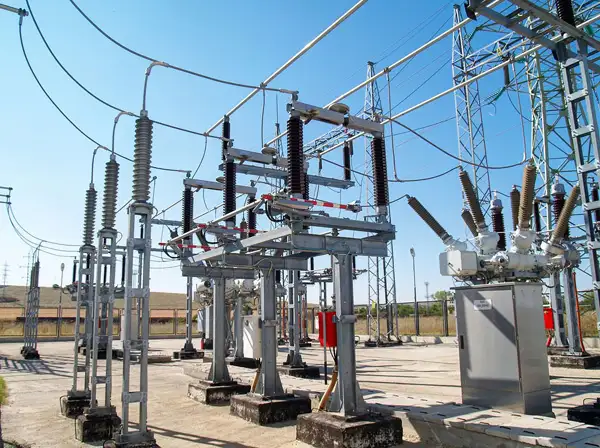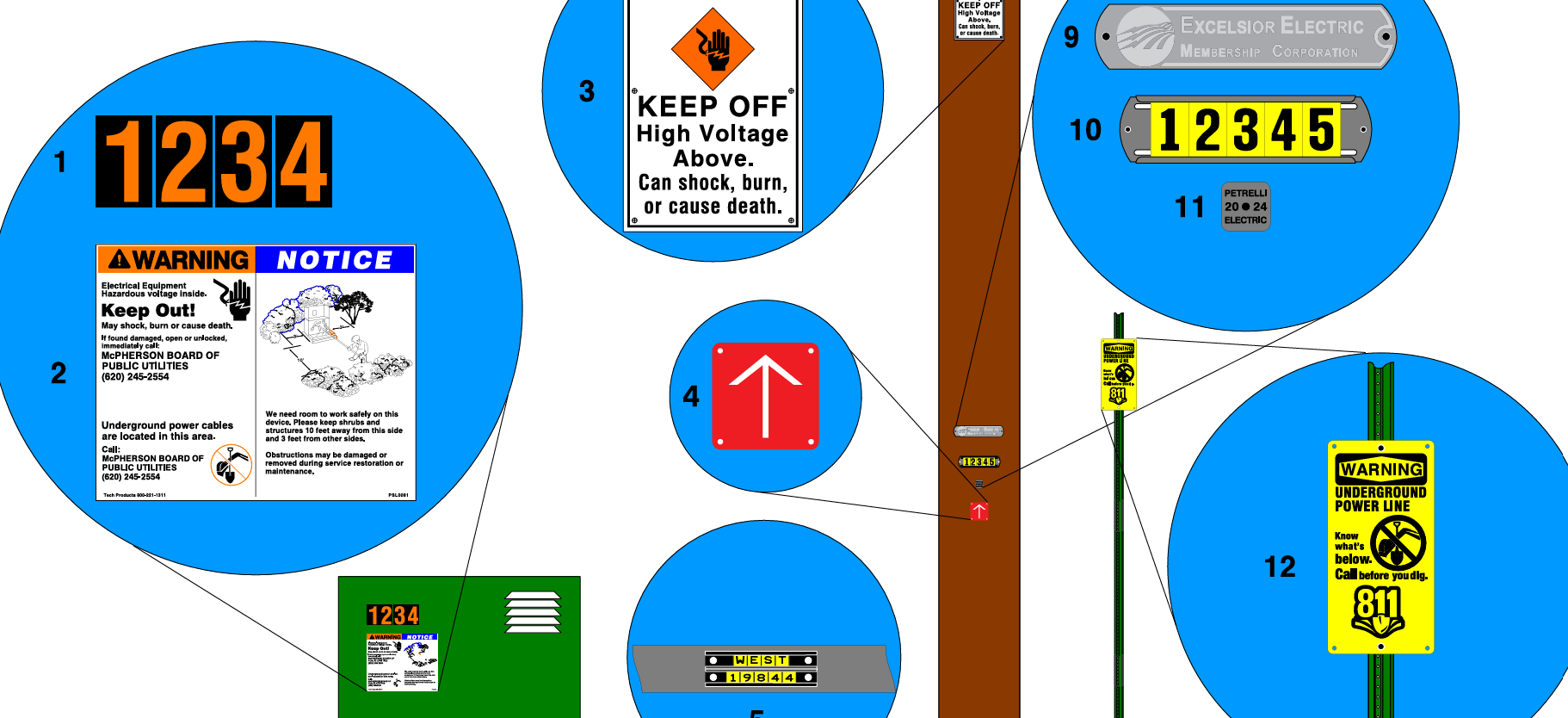Transformer vs Autotransformer in Power Systems
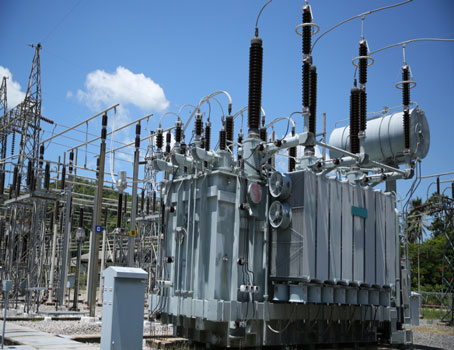
Power Transformer Maintenance Training
Our customized live online or in‑person group training can be delivered to your staff at your location.
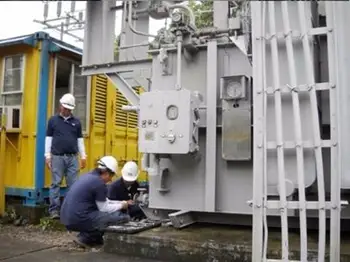
- Live Online
- 12 hours Instructor-led
- Group Training Available
Download Our OSHA 4474 Fact Sheet – Establishing Boundaries Around Arc Flash Hazards
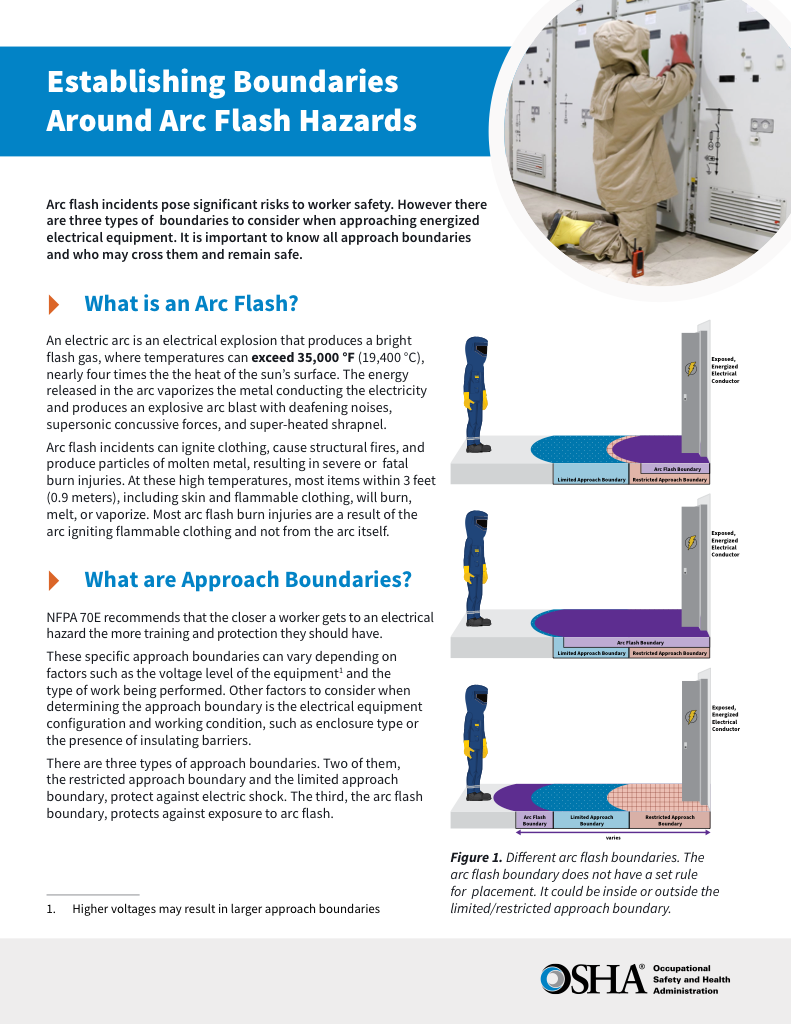
- Understand the difference between arc flash and electric shock boundaries
- Learn who may cross each boundary and under what conditions
- Apply voltage-based rules for safer approach distances
Transformer vs Autotransformer compares isolation, winding design, voltage regulation, efficiency, cost, and safety for power distribution, step-up/step-down applications, helping engineers select the right device for load matching and reliable electrical performance.
Transformer vs. Autotransformer Explained
Transformers and autotransformers are essential components in the world of electrical engineering, playing a pivotal role in power distribution and voltage regulation. While both serve similar functions in transferring electrical energy efficiently, they differ significantly in design, operation, and application. Understanding the differences between transformers and autotransformers is crucial for selecting the right equipment in utility applications, where efficiency, cost, and performance are key considerations. This article dives deep into the technical distinctions, explores their advantages and limitations, and highlights their importance in modern utility transformers to ensure reliable and optimized power delivery. For context on large utility applications, our guide to power transformers outlines typical ratings and insulation classes used today.
Electrical Transformer Maintenance Training
Substation Maintenance Training
Request a Free Training Quotation
Structural Differences: Two Designs, Two Purposes
At their core, traditional transformers and autotransformers share the purpose of managing voltage levels, but their structural distinctions set them apart. A conventional transformer is built with separate primary and secondary windings, ensuring complete electrical isolation between the input and output. This separation enhances safety, especially in applications requiring high levels of isolation. In contrast, an autotransformer features a single continuous winding that functions as both the primary and secondary, depending on the tapped points. This design makes the autotransformer compact and lightweight, saving material and reducing costs. To explore winding connections and tap arrangements in more depth, see the overview of what an autotransformer is for practical design insights.
Advantages and Disadvantages: Efficiency vs Safety
When evaluating transformer vs autotransformer, understanding their respective advantages and disadvantages is crucial. Autotransformers stand out for their efficiency, as the shared winding reduces energy losses and improves performance. Their compact size also translates to a more economical choice for applications where isolation isn't a priority. However, this very design compromises electrical isolation, which can be a safety concern in certain scenarios. Traditional transformers, while bulkier and less efficient, offer the benefit of isolation, making them a safer choice for environments where separating circuits is essential. For a refresher on core purposes and isolation roles, this primer on the function of a transformer connects features to real-world safety requirements.
FREE EF Electrical Training Catalog
Download our FREE Electrical Training Catalog and explore a full range of expert-led electrical training courses.

- Live online and in-person courses available
- Real-time instruction with Q&A from industry experts
- Flexible scheduling for your convenience
Applications: Different Roles in Power Systems
The applications of these devices further highlight their unique roles in power systems. Autotransformers excel in voltage regulation tasks, such as adjusting voltage levels in transmission lines or serving as voltage stabilizers in industrial settings. Their ability to provide variable voltage makes them ideal for tasks requiring precise voltage control. Traditional transformers, on the other hand, are indispensable in stepping voltage levels up or down, particularly in distribution networks where safety and reliability are paramount. The use of traditional transformers ensures robust performance in isolating systems and managing significant voltage transformations. In distribution and industrial plants, the behavior of an AC transformer under load guides equipment selection and protection settings.
Voltage Regulation: Stability Where It Matters
Voltage regulation is another area where the performance of these devices diverges. Autotransformers are celebrated for their superior voltage regulation due to their reduced impedance. This quality makes them particularly suitable for applications where maintaining voltage stability is critical, such as in motor start-up operations or in sensitive electronic systems. Traditional transformers, while reliable, may exhibit slightly higher impedance, which can affect voltage stability under heavy load conditions. For high-performance regulation with minimal impedance, engineers often reference autotransformer applications when sizing feeders and starting large motors.
Efficiency and Cost: Balancing Performance and Budget
Finally, the debate about transformer vs autotransformer often centers on efficiency and cost. Autotransformers are inherently more efficient in scenarios where the voltage difference between the input and output is minimal. Their design reduces the amount of copper and iron required, making them cost-effective for applications with lower transformation ratios. However, when larger voltage differences or isolation requirements are involved, the traditional transformer’s design justifies its higher material and operational costs.
Frequently Asked Questions
What is the fundamental difference between a transformer and an autotransformer?
The key difference lies in their construction and functionality. A traditional transformer consists of two separate windings, a primary and a secondary, which are electrically isolated from each other. Energy is transferred between these windings solely through electromagnetic induction. On the other hand, an autotransformer uses a single winding with a portion of it serving as both the primary and secondary. In this design, the input and output are electrically connected, and energy is transferred through a combination of conduction and induction.
Because new practitioners often conflate sources with conversion equipment, this explainer on power supplies versus transformers clarifies roles and safe integration.
When should an autotransformer be used instead of a traditional transformer?
An autotransformer is most suitable when the voltage difference between the input and output is relatively small. It is ideal for applications where cost efficiency, compact size, and high efficiency are important. Examples include voltage regulation, motor starting, and situations where equipment must operate at a different but closely related voltage level. However, it is not appropriate in scenarios requiring electrical isolation between input and output, such as safety-critical environments or noise-sensitive circuits.
How do the efficiency and losses compare between a transformer and an autotransformer?
Autotransformers are generally more efficient than traditional transformers due to their design. They use less winding material, which reduces copper losses, and their smaller core size minimizes core losses. Traditional transformers, while less efficient for small voltage ratios, are more versatile because they offer electrical isolation and are suitable for a wider range of applications.
What are the advantages and disadvantages of an autotransformer compared to a transformer?
Autotransformers have several advantages, including lower cost, smaller size, lighter weight, and higher efficiency due to reduced material use and energy losses. They also offer smoother voltage regulation in some cases. However, they come with notable disadvantages. The lack of electrical isolation between the primary and secondary circuits can pose safety risks and limit their use in sensitive applications. Additionally, autotransformers are unsuitable for large voltage differences and are more vulnerable to faults, as a failure in the winding can affect both the input and output circuits.
Test Your Knowledge About Utility Transformers!
Think you know Utility Transformers? Take our quick, interactive quiz and test your knowledge in minutes.
- Instantly see your results and score
- Identify strengths and areas for improvement
- Challenge yourself on real-world electrical topics
Can an autotransformer provide electrical isolation like a standard transformer? Why or why not?
An autotransformer cannot provide electrical isolation because its primary and secondary circuits share the same winding, resulting in a direct electrical connection between the input and output. In contrast, a standard transformer has separate windings for the primary and secondary, ensuring that no direct electrical connection exists. This separation is crucial for applications requiring isolation for safety, noise suppression, or fault protection.
The primary distinction between a transformer and an autotransformer lies in their construction and functionality. A traditional transformer uses two separate windings, ensuring electrical isolation between the input and output, while an autotransformer has a single, shared winding that provides a direct electrical connection. Autotransformers are more efficient, compact, and cost-effective, making them ideal for applications with small voltage differences where isolation is not critical. However, they lack the isolation provided by transformers, limiting their use in safety-sensitive or noise-prone environments. While transformers offer versatility and fault protection, autotransformers excel in efficiency and simplicity for specific use cases. Where rectified systems or DC links are present, guidance on DC power transformers helps align conversion stages with protection and efficiency targets.





